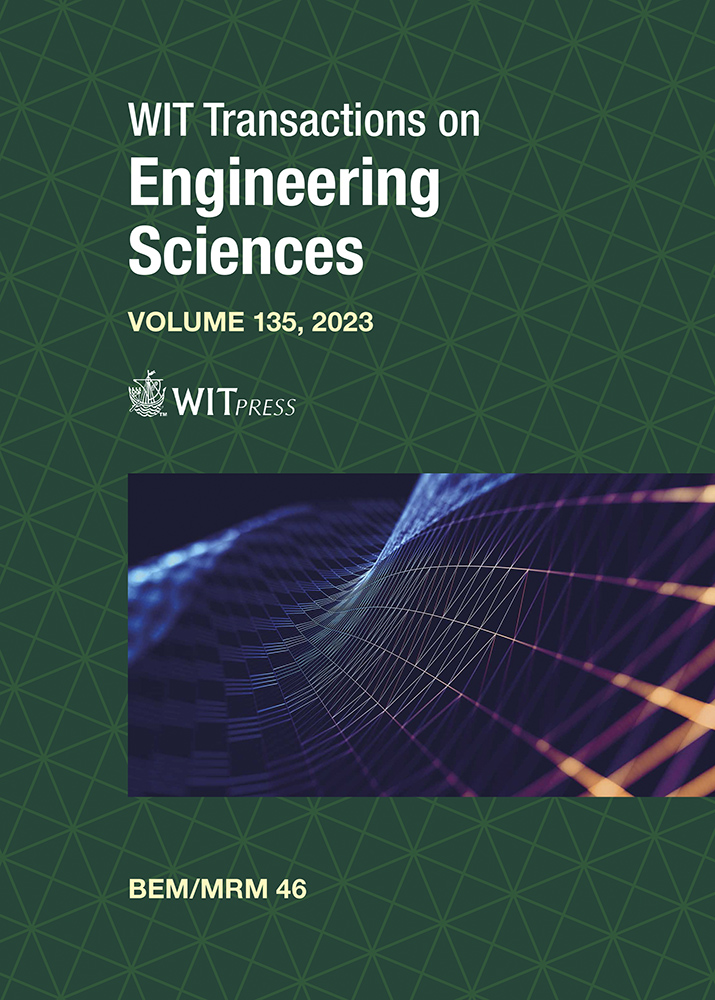OPEN-SOURCE PARALLEL CODES FOR 2D AND 3D FLOW SIMULATION BY LAGRANGIAN VORTEX METHODS
Price
Free (open access)
Transaction
Volume
135
Pages
11
Page Range
181 - 191
Published
2023
Paper DOI
10.2495/BE460151
Copyright
Author(s)
ILIA MARCHEVSKY, EVGENIYA RYATINA, GEORGY SHCHEGLOV, KSENIIA SOKOL
Abstract
Meshless Lagrangian vortex methods that are characterized by considering vorticity as a primary computational variable are discussed, including their modern modifications for 2D and 3D flow simulation. Original mathematical models developed by the authors are described, that allow for significant improvement of the accuracy of the flow simulation around the airfoils/bodies. The hierarchy of numerical schemes based on the Galerkin approach is developed for numerical solution of the boundary integral equation. The quality of the surface mesh is not essential, rather high quality of the numerical solution can be achieved even for low-quality mesh consists of triangular cells with high aspect ratio. The open-source parallel codes (for CPU and GPU, using OpenMP, MPI and Nvidia CUDA technologies) are developed, that implement viscous vortex domains method and closed vortex loops method for 2D and 3D cases, respectively In 3D cases, the numerical scheme allows to satisfy the divergence-free condition for vorticity field (in 2D it is done trivially). The suggested methods can be applied for unsteady hydrodynamic load computation at rather low computational cost of the algorithm. The developed models and algorithms are suitable for numerical simulation in coupled problems, including for light movable bodies. Both weakly-coupled and strongly-coupled strategies are implemented, the last one requires several iterations; at each of them the boundary integral equation is solved. In addition to flow simulation and hydrodynamic load estimation, the suggested technique allows for added masses tensor calculation with high accuracy. Efficient fast method of quasilinear numerical complexity, both well-known and developed by the authors for the integral equation solution and vortex particles (that simulate the vorticity distribution in the flow domain) evolution simulation are discussed. A number of numerical examples are presented, being performed for validation of the developed mathematical models, numerical algorithms and parallel codes.
Keywords
incompressible flows simulation, open-source code, FSI problems, OpenMP, MPI, Nvidia, CUDA





